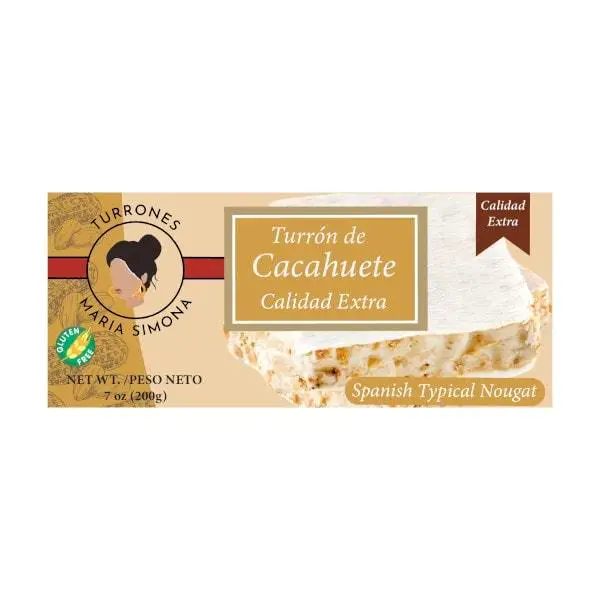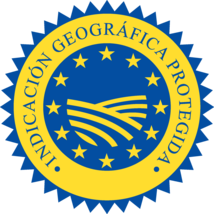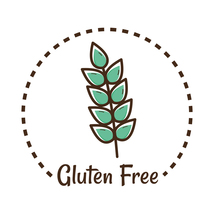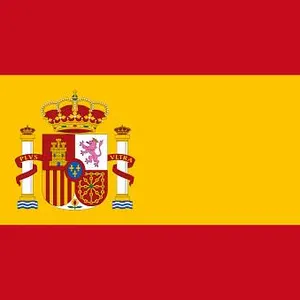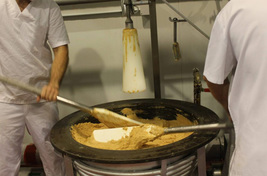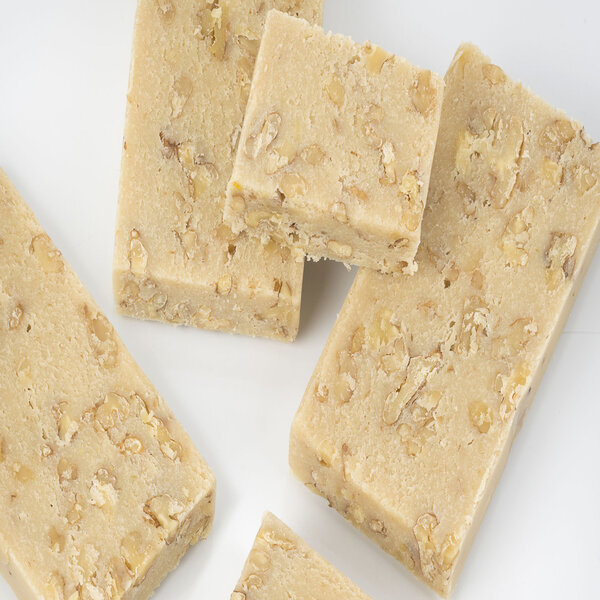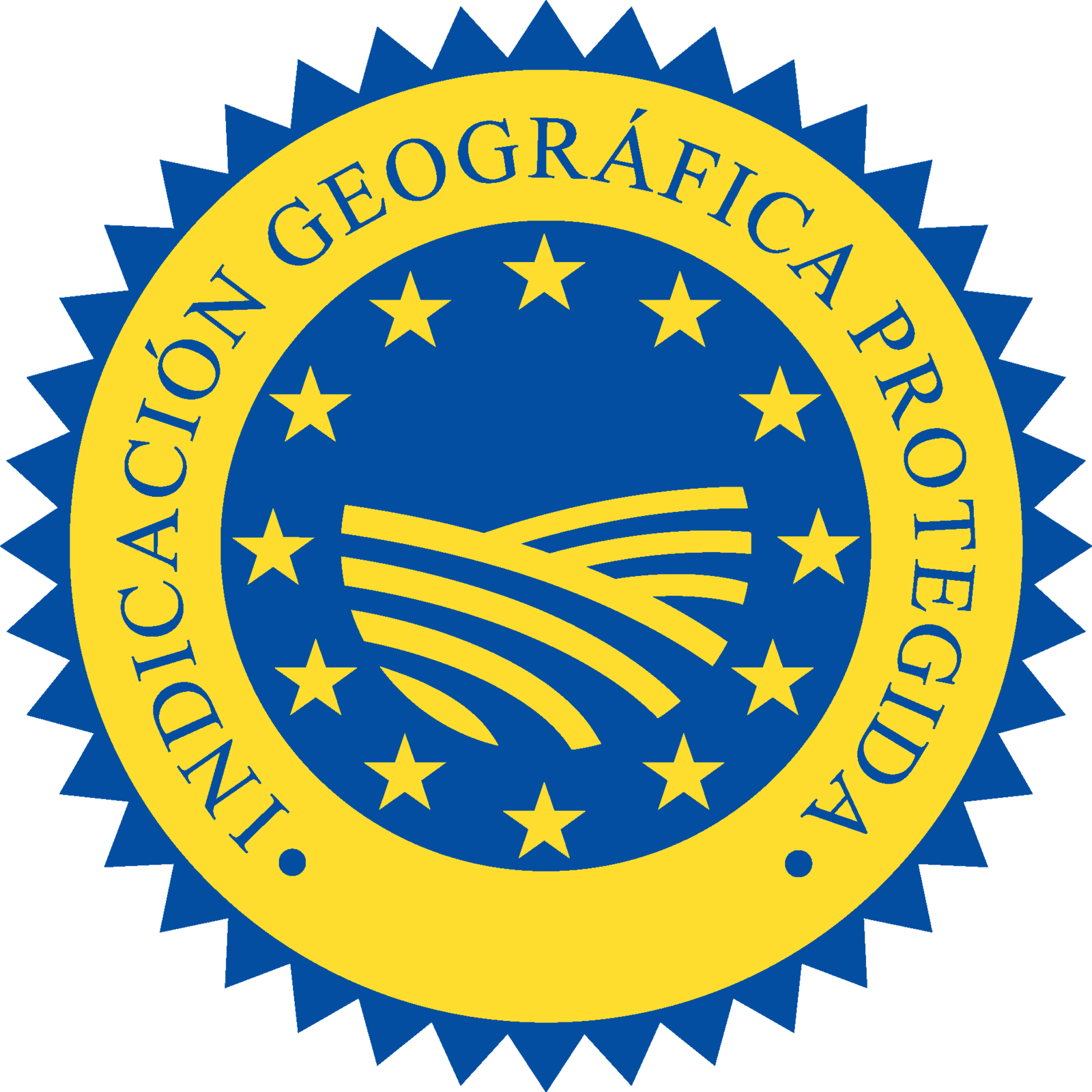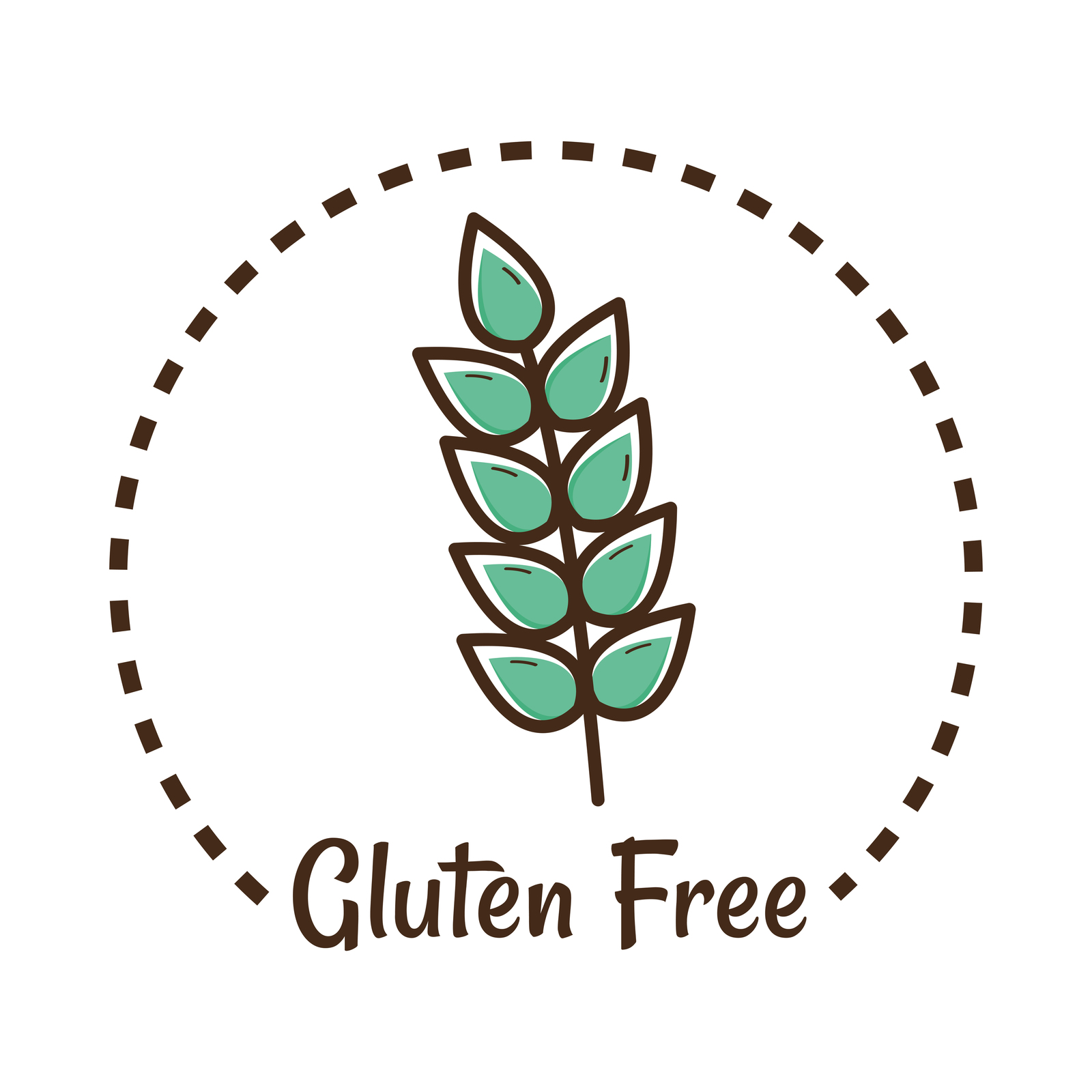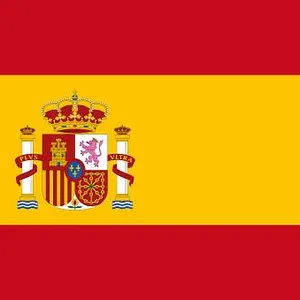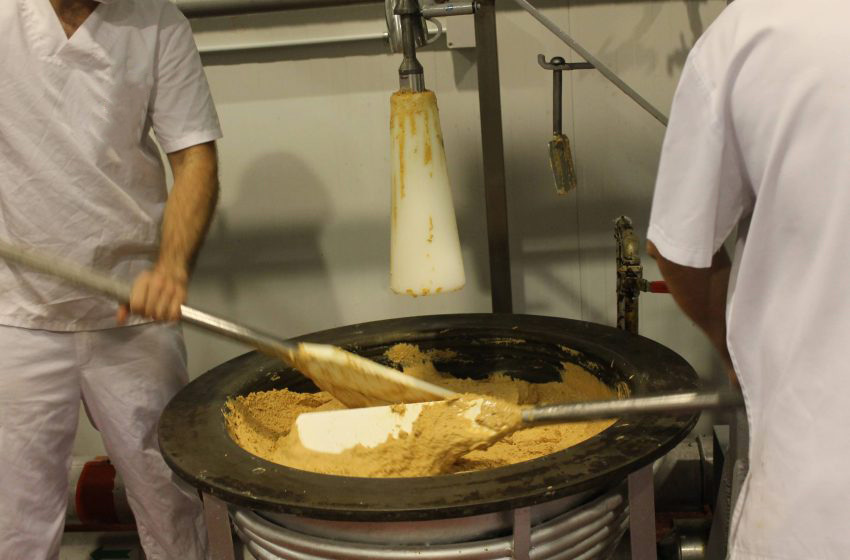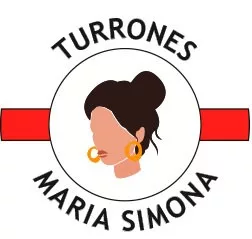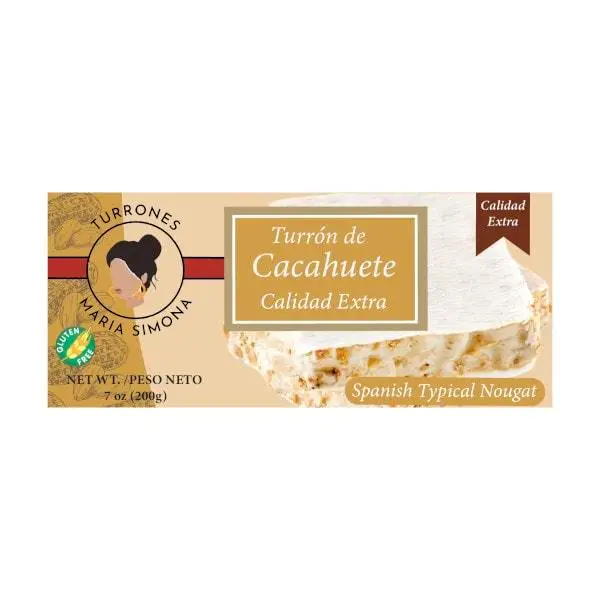Rendered at 07:41:26 08/07/25
17 recent views
Nougat Peanuts and Honey - original
$466.49 MXN
Los buques de
France

Las opciones de envío
Ver descripción del artículo
Los buques de
France

La política de devoluciones
Protección de compra
Información del catálogo
Opciones de pago
PayPal accepted
PayPal Credit accepted
Venmo accepted
PayPal, MasterCard, Visa, Discover, and American Express accepted
Maestro accepted
Amazon Pay accepted
Nuvei accepted
Las opciones de envío
Ver descripción del artículo
Los buques de
France

La política de devoluciones
Protección de compra
Información del catálogo
Opciones de pago
PayPal accepted
PayPal Credit accepted
Venmo accepted
PayPal, MasterCard, Visa, Discover, and American Express accepted
Maestro accepted
Amazon Pay accepted
Nuvei accepted
Rasgos del artículo
| Categoría: | |
|---|---|
| cantidad disponible: |
430 En stock |
| Condition: |
New |
| Product: |
Cookie & Biscuit |
| Style: |
Spanish |
| Brand: |
Maria Simona |
Detalles del anuncio
| Las políticas del vendedor: | |
|---|---|
| Envío de descuento: |
No ofrece el envío combinado |
| Publicado en venta: |
Más de una semana |
| Artículo número: |
1712774490 |
Descripción del Artículo
The Craftsmanship Behind Maria Simona’s Peanut Turrón
Net Weight: 200g - 7 oz
Shelf Life: Minimum 9 months. Once opened, store in a cool, dry, and dark place, away from light and humidity. It can be kept in its original packaging, wrapped in aluminum foil or plastic wrap, and stored in an airtight container. Avoid the common mistake of refrigerating nougat, as it alters its texture, aroma, and flavor.
Ingredients: 38% roasted peanuts, sugar, glucose syrup, honey, wafer coating (potato starch and sunflower oil), and egg white.
May contain traces of almonds, hazelnuts, and sesame.
This gluten-free product is suitable for celiacs.
The Story of the "Cacau" of Valencia
The peanut, originally from America, was introduced to Europe in Valencia. The “cacau,” as it is called in Valencia, arrived in the region through Don Francisco Fabián y Tuero, the Archbishop of the Diocese of Valencia. This occurred in the mid-18th century, but it wasn’t until the early 19th century that the peanut began to be used as an ingredient, beyond its individual consumption.
The hectares of land dedicated to peanut cultivation in the region significantly decreased during the 20th century, primarily due to a sharp increase in imported peanuts. Despite Spain now producing fewer than 200 tons of peanuts annually—far less than countries like China and India—the peanuts from Valencia are still considered to be of exceptional quality.
It’s no surprise that Valencia became a leading producer of peanut turrón, a true testament to its rich agricultural and culinary history.
Get an item reminder
We'll email you a link to your item now and follow up with a single reminder (if you'd like one). That's it! No spam, no hassle.
Already have an account?
Log in and add this item to your wish list.



